by Garth Meyer
When the fire broke out in Pacific Palisades the morning of Jan. 7, two engine crews were quickly summoned from Redondo Beach.
Captain Kenny Campos and three fellow RBFD firefighters were assigned to Sunset Boulevard, which runs the length of the town, north to south.
When they turned onto Sunset, from Pacific Coast Highway, they soon encountered a “massive” traffic jam. Then they saw a crowd of people streaming down the street.
“Imagine all of Redondo going out PCH at once. It was jammed. From every side street. Everywhere. People got out of their cars to go on foot, ” Campos said. “We put a hose in to stop the fire that was causing that, pulling it between the cars, for about a quarter-mile, then we tried to move the cars, about 100 – 150 of them, but most had no keys.”
Campos’ crew was part of a five-engine “strike team” led by a Torrance chief, who called in a bulldozer to clear a path. The RBFD crew then drove through the cars in time to save LAFD fire station 23, then continued on to a housing tract north of Getty Villa.
“It was apocalyptic. I’ve never seen wind gusts like that,” Campos said.
He said his crew saved 10 to 20 homes, some commercial buildings and helped protect Getty Villa.
“It was about 30 hours, a lot of doing what you can,” Campos said. “Hopscotching around, but you’re not going to save much. Just do what you can.”
Eight firefighters were sent from Redondo Beach, four with each engine. A third local crew deployed Monday, Jan. 13, for standby.
Since the fire began, Campos’ team, and the other RBFD crew, led by Captain Jon Reyes, work on site 48 hours on, 24 hours off.
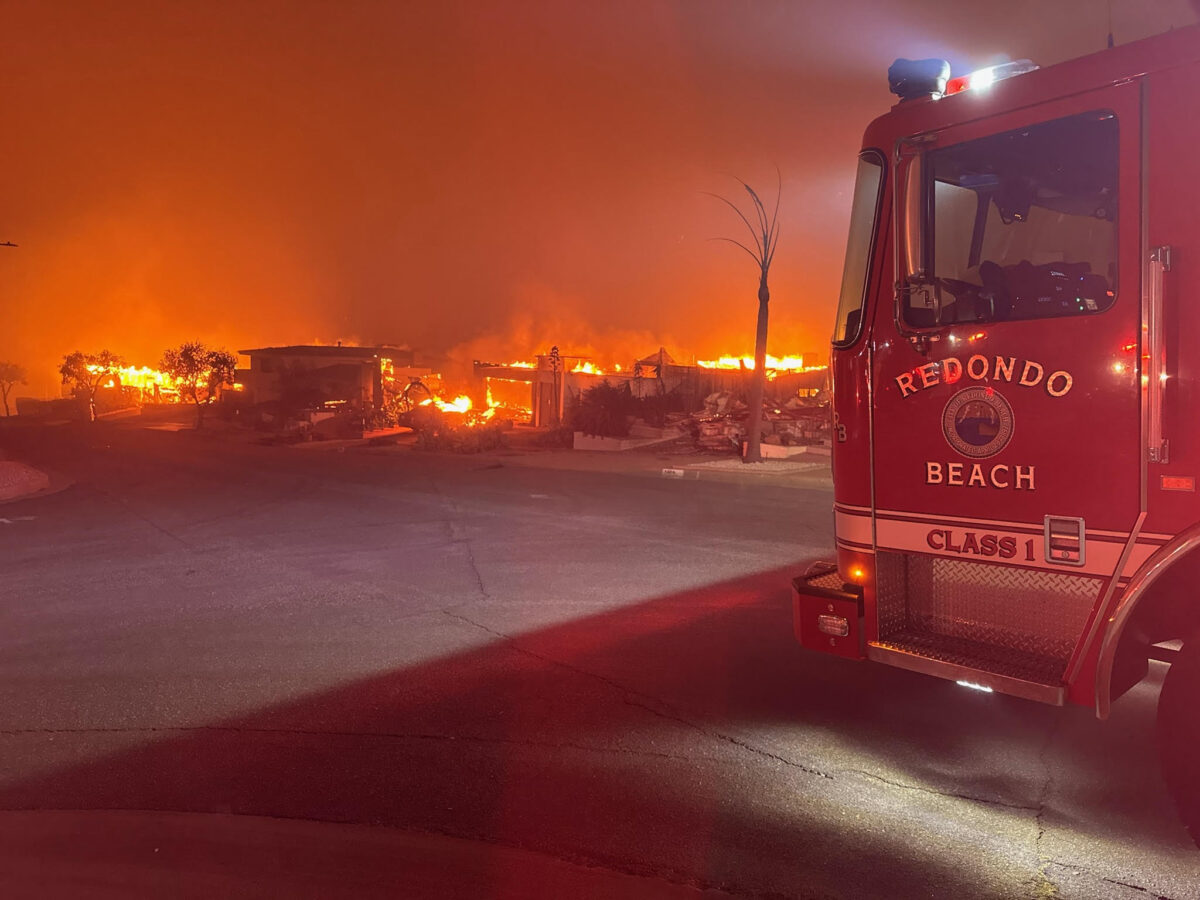
“I’ve gotta imagine we’ll be here through the weekend,” Campos said Tuesday.
A week before, in the first hours of the fire, in that Palisades neighborhood, his team was “triaging houses and seeing which ones were defendable. Pulling propane tanks away, wood. Closing doors and windows. Taking away anything combustible.”
“And keeping my crew safe,” he said. “‘Safe’ is a very loose word in those conditions.”
How do you ensure a fire crew’s safety?
“Situational awareness, and keeping your firefighters on a leash, if you will.”
They used their engine’s two, 200-foot reels of hose, working the neighborhood of 500 to 600 homes.
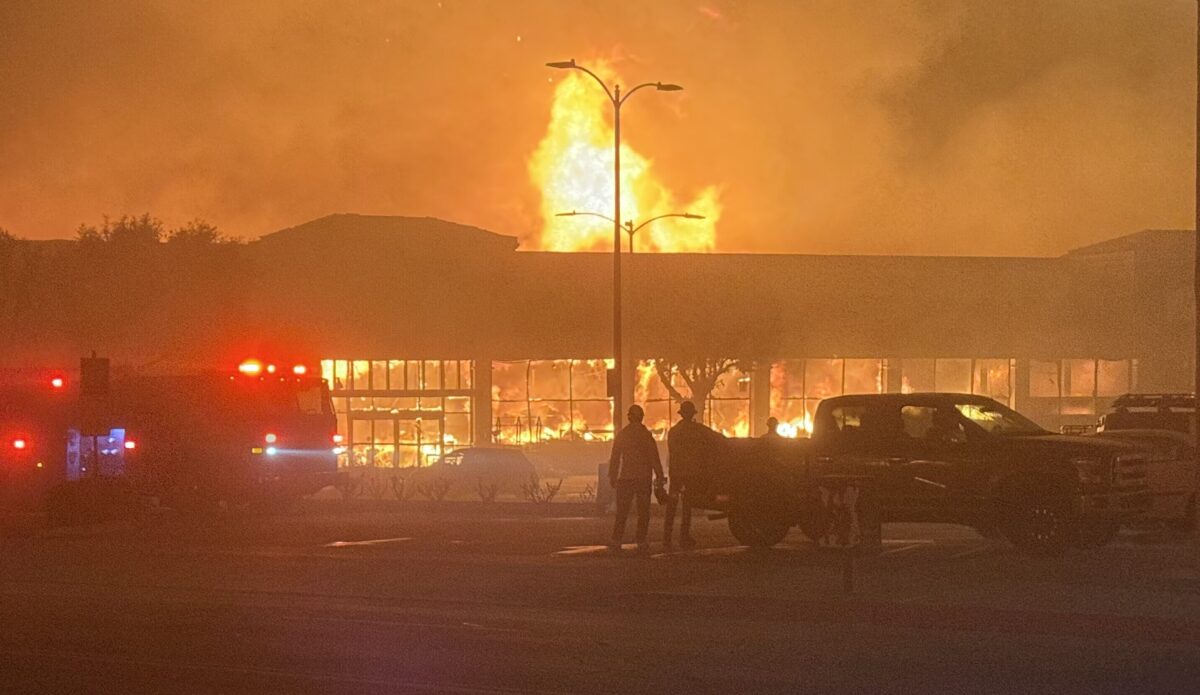
Captain Reyes
Reyes’ engine left Redondo Beach Fire Station One on South Broadway Avenue last Tuesday, assigned as a single-engine response, speeding up Pacific Coast Highway to check in at a command post at Sunset Boulevard.
“Apartments and an L.A. city fire station are on fire. See what you can do,” the LAFD commander told them.
The RBFD crew turned onto Sunset to find multiple three-story apartment buildings ablaze. They pulled hoses and sprayed water onto burning balconies.
“Bump and run: hit it with water, knock the fire down and move on to the next target,” Reyes said. “At first we were doing a good job, (handling) spot fires from ember cast. Then we got to the main fire front proper.”
It was further up Sunset, on the side streets.
“We would find a house that we thought we could make a stand,” Reyes said. “But five or six houses down, it would be blowing fire through the roof and out the windows. The ember cast was so great, it was getting ahead of us. Faster than we could move.”
“It was just like rain, like hail.”
An 11-year RBFD veteran, Reyes had seen this before, but not to this level.
His men slid closed patio doors and moved barbecues away from houses. Then they ran back to the truck to drive off and refill the water tank.
“We would find a hydrant a few blocks away, come back and it would look like we had never been there,” Reyes said.
“It was probably the most demoralizing thing I’ve ever experienced.”
“Everybody was laying everything out to protect life and property. And we just couldn’t do it. We couldn’t get ahead of those conditions.”
They worked in tandem with Campos’ crew for four to five hours, still in daylight.
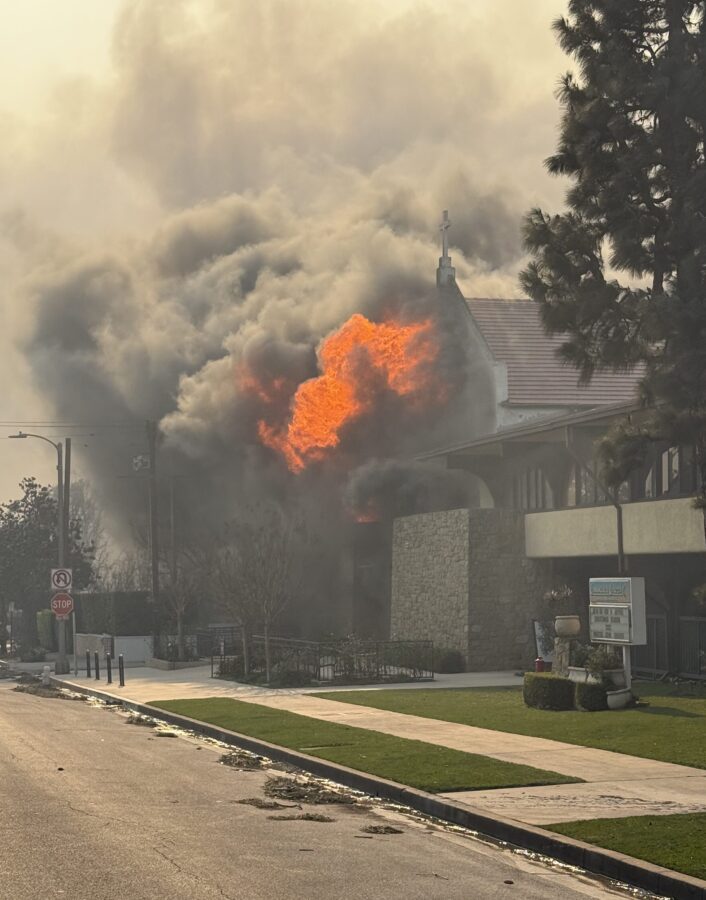
“It was constantly evaluating, where we are, what the fire is doing, if we were making a meaningful impact,” Reyes said of leading his group. “Is this house already lost and we’re just spending water on it?”
Early Wednesday morning Reyes’ engine tied in with a Long Beach strike team to work the Palisades’ commercial strip, also on Sunset Boulevard.
Three engines – 12 firefighters – trying to save a Ralph’s, a Gelson’s and a Chase Bank building, the latter which would alone draw 100 firefighters on a normal day.
To no avail.
Reyes’ group actively fought fire until 10 a.m. Thursday. Their first 48-hour shift, no sleep.
The captain has been on other wildfires that burnt homes, but on those, he said, “There were tangible markers, where we could see, we did this, we saved this, but in this fire, we drove through the day after and there’s nothing left.”
Chief’s view
“Sustained wind of 50 to 70 miles an hour, then gusts of up to 100 mph in one direction, then a minute later, from the other direction,” Campos said.
His RBFD crew included engineer Morgan Peterson – who drove the truck and managed pumps – and firefighters James Diaz and Andre Alexandrescu.
Campos is president of RBFD firefighters’ union.
Capt. Reyes’ truck had Engineer/Captain Ben Ballante, and firefighters Ryan Shoda and Jordan Lehr.
Engines are the smaller type of fire trucks – carrying 500 gallons of water – as opposed to the full-size ladder trucks.
Redondo Beach Fire Chief Patrick Butler is a veteran incident commander. He worked a list of wildfires during his 32 years with LAFD.
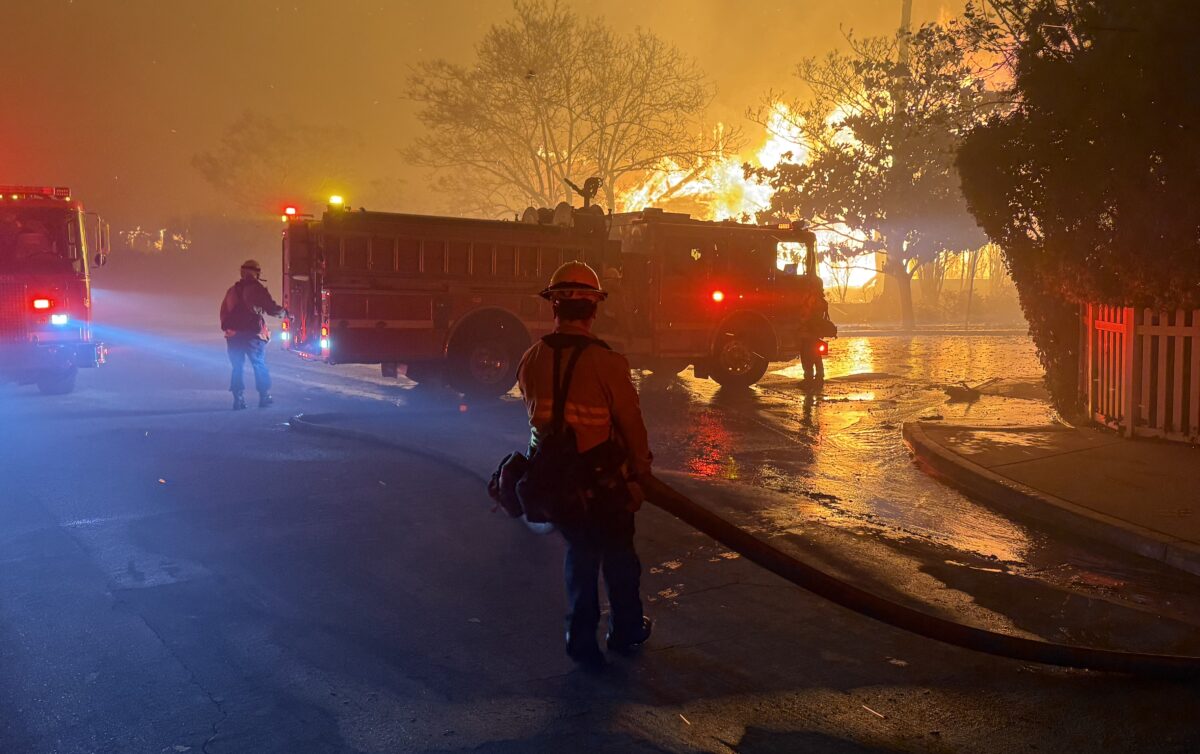
The chief drove in to check on the two Redondo Beach groups, when they were on break at the logistics area at Will Rogers State Beach.
A picture of RBFD firefighters ended up in the New York Times. Butler is quoted in the article about previous L.A. area wildfires and how they compare.
With a new wind warning Monday, January 13, a third RBFD engine crew – and division chief Jason May in a 4WD pickup with another firefighter – were sent to standby in West L.A., guarding against potential new fires.
They fought a small blaze near Dodger Stadium Tuesday afternoon.
“A quick attack (group),” Butler said.
Last week, RBFD also covered 911 calls in Los Angeles, the first time in the department’s history, according to Chief Butler. The LAFD, which normally responds to 1,500 calls per day – mostly for paramedics – needed the outside help as it fought the wildfires.
So what makes the Palisades, and Eaton fires different?
“A combination of three things: weather; the wind; fuel, brush; and topography; the hillsides, steepness,” Butler said. “I don’t think it’s the worst fire I’ve seen in 35 years but certainly the worst one in a bedroom community.”
On neighborhood streets near wildfires, the chief noted that a home starts to burn from the outside, as opposed to the inside.
“(Often) a fire catches bushes, the vegetation, then burns up a side, breaks a window and gets inside,” Reyes said.
“If you protect the house, the fire will blow past it,” Butler said. “It would singe it. Imagine a marshmallow over a campfire.”
What about a fire coming up a hill, against a backyard, huge flames surging into the air?
“The fire as it comes up a hill runs out of fuel, it’s like going up a skateboard ramp. The ramp runs out,” Butler said. “Firefighters know weather, fuel and topography.”
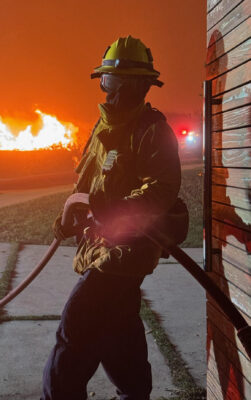
RBFD crews were sent to the Palisades neighborhoods because, as an urban department, its specialty is structure fires.
The RBFD engine teams helping LAFD, as with all other mutual aid on the fires, takes orders from the LAFD incident commander.
“This fire has tested the limits of our Redondo Beach firefighters’ physical prowess and ability to engage in an extreme fire condition,” Butler said. “And none of that will break their resolve… They’ve performed admirably. It’s a testament to their professionalism. The city of Redondo Beach and the South Bay should be proud.”
While the Palisades fire has reached a point where out-of-state crews are arriving to handle the next phase – engines from Washington, Oregon, Nevada – local crews are still on it.
“Normally, once the out-of-state (departments) get to the fire, we go back to protect our communities,” Butler said. “But a high probability, with this current wind, right now is not the time to let our guard down.”
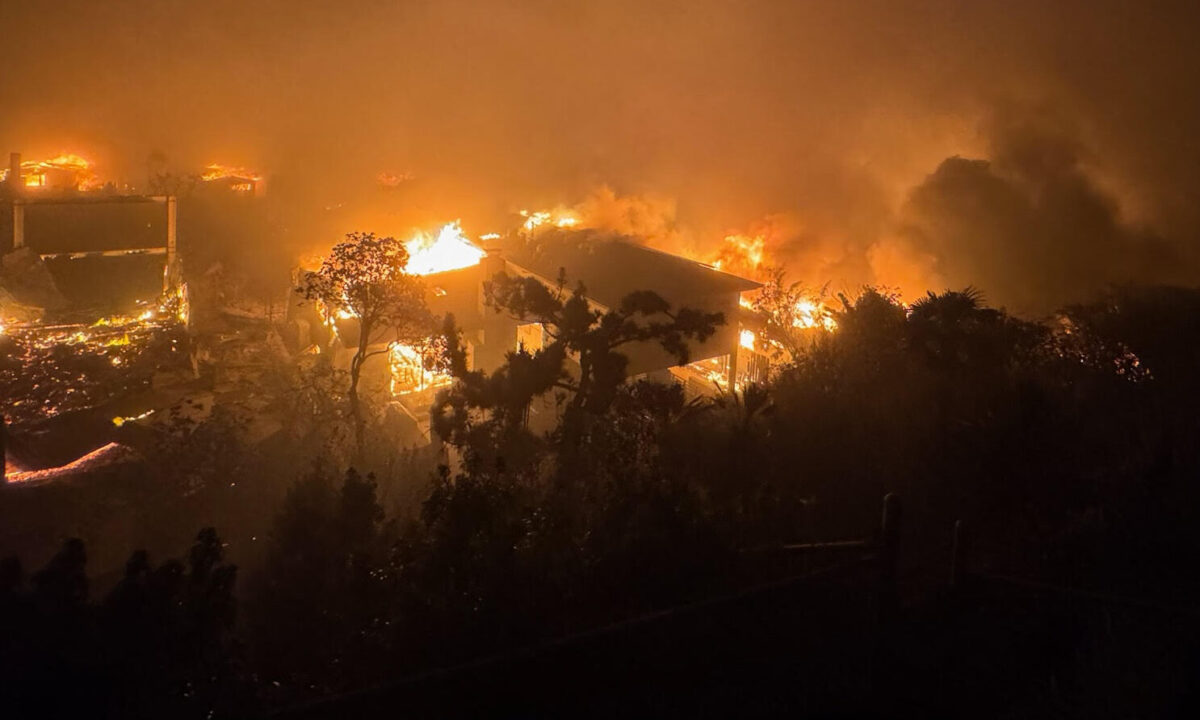
Next shifts
At the start of their second 48-hour shift, Reyes’ crew found “almost total devastation.”
They patrolled hot spots, and responded to houses that caught on fire after making it through the first three days.
The team was able to stop these fires inside walls to save the homes.
Since then, in the last two days, Reyes’ engine has answered calls, and protected what firefighters refer to as an “island” – a particular couple-block radius of Pacific Palisades that has survived.
“Our goal is every day to ensure these houses remain standing and untouched,” Reyes said.
More work is to come, as residents are allowed back in.
“I anticipate we’ll be working a few more days, to help these people coming home to what they have left,” he said. ER
——————————————————————
Restaurants match gifts to firefighters for meals
The North Redondo Beach Business Association, in cooperation with city councilmember Paige Kaluderovic, has started a program for residents to pay for meals for firefighters and their families during the wildfires up the coastline.
Redondo Beach Fire Chief Patrick Butler said the program is an efficient way for the public to help.
“We love the public support, though the donations of food at the station becomes a little overwhelming for us,” he said.
The “Firefighter E-Gift Card Program” features a list of local restaurants people may choose to buy an e-gift card and send it to the name “RBFD.” Then they enter the e-mail address info@nrbba.org. Each restaurant will match 50% or more of the purchase amount.
Participating restaurants include Al Hamra Kabob Grill, Riviera Mexican Cantina, R10 Social House, Yanagi Kitchen, and Lil’ Vegerie – all matching at 100%. ER


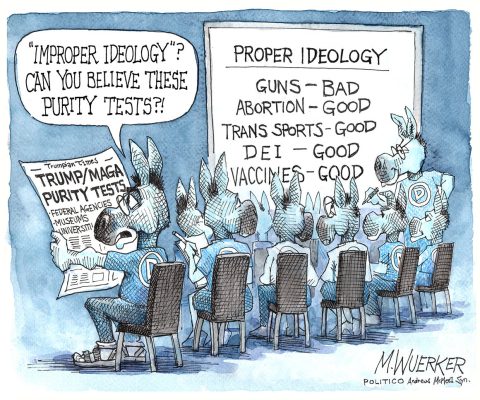
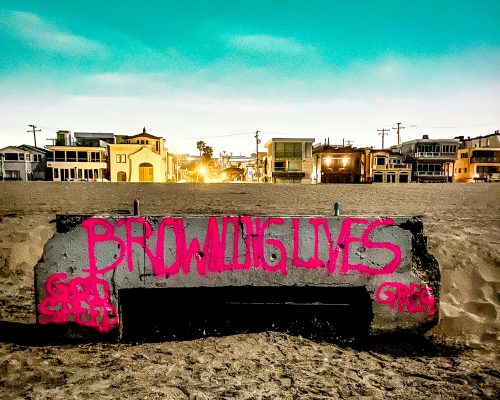




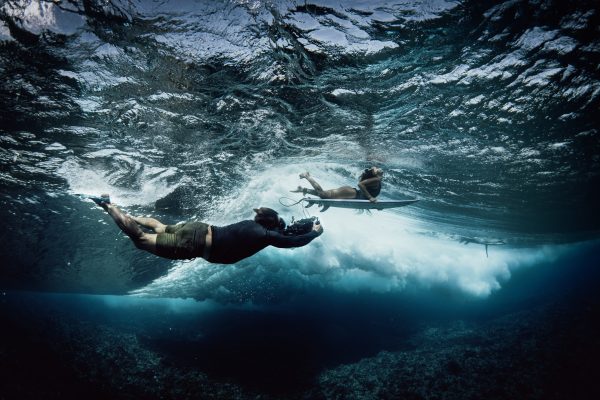
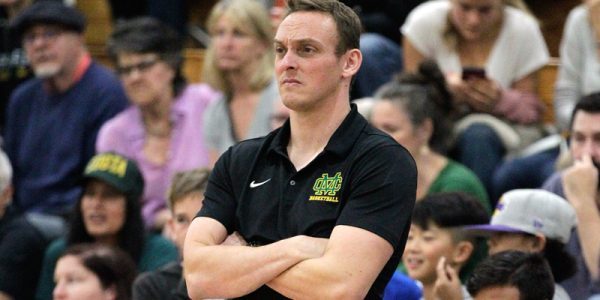
Thank you RBFD